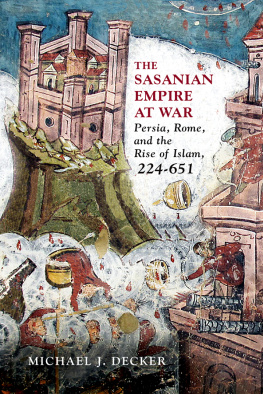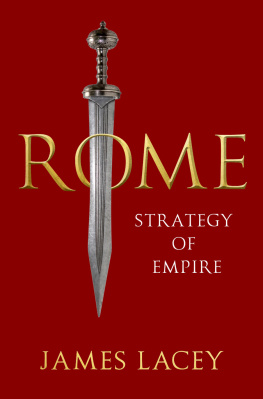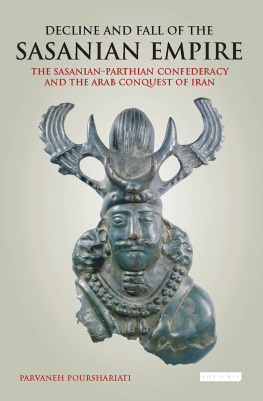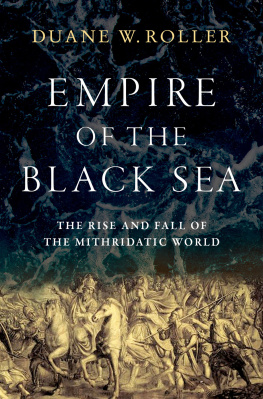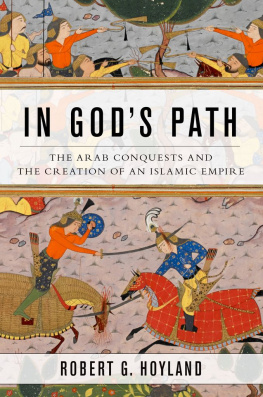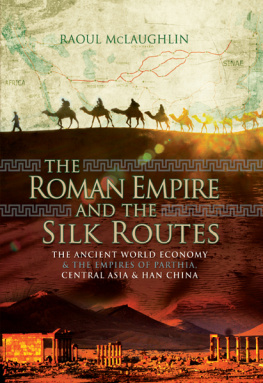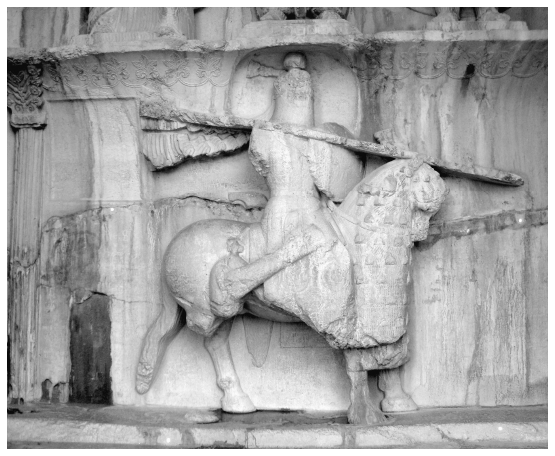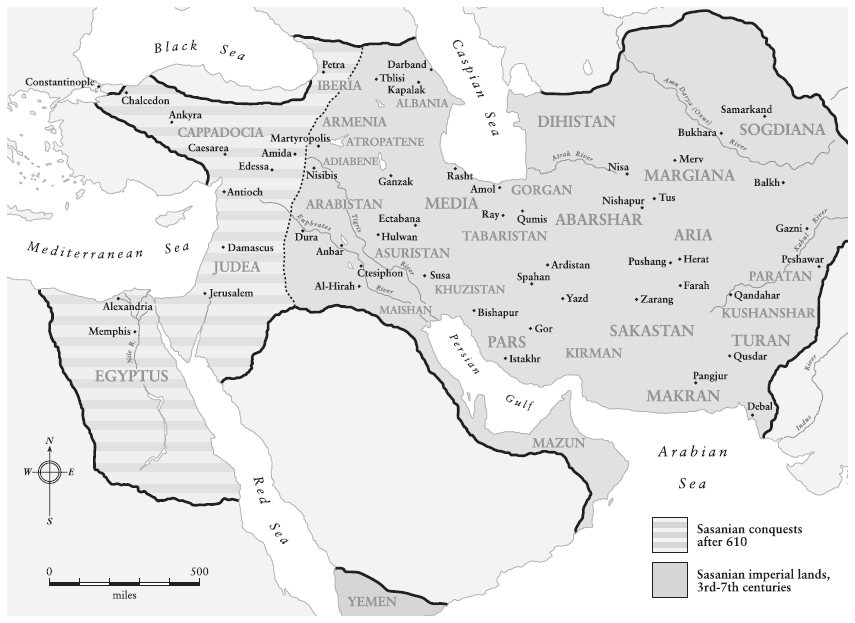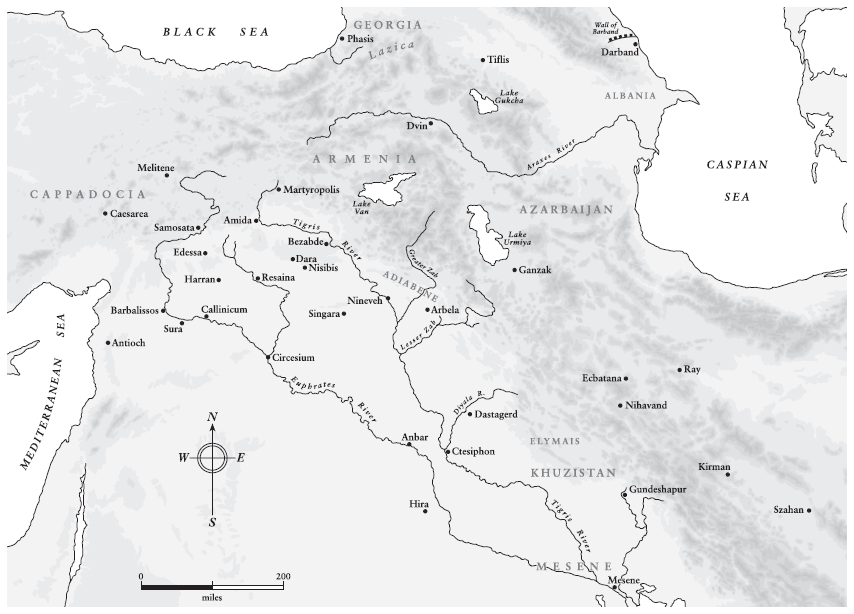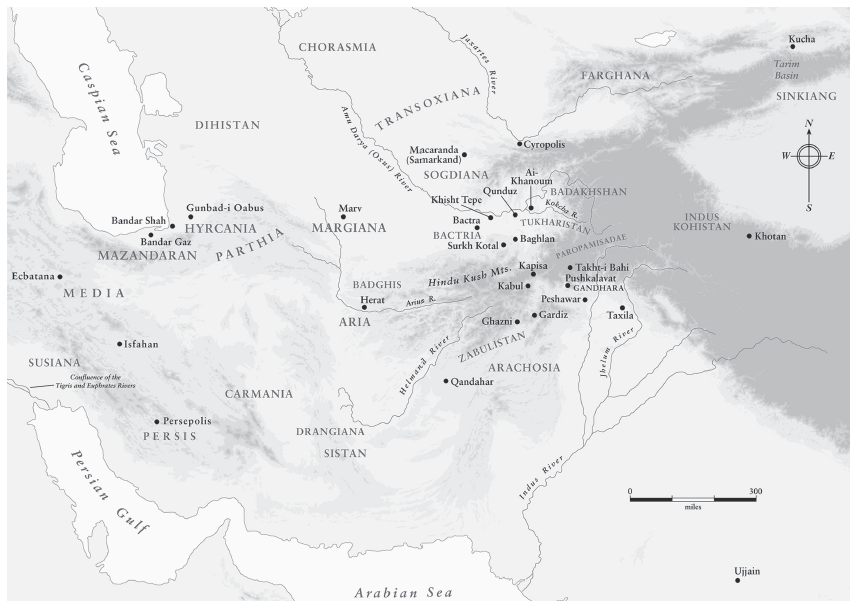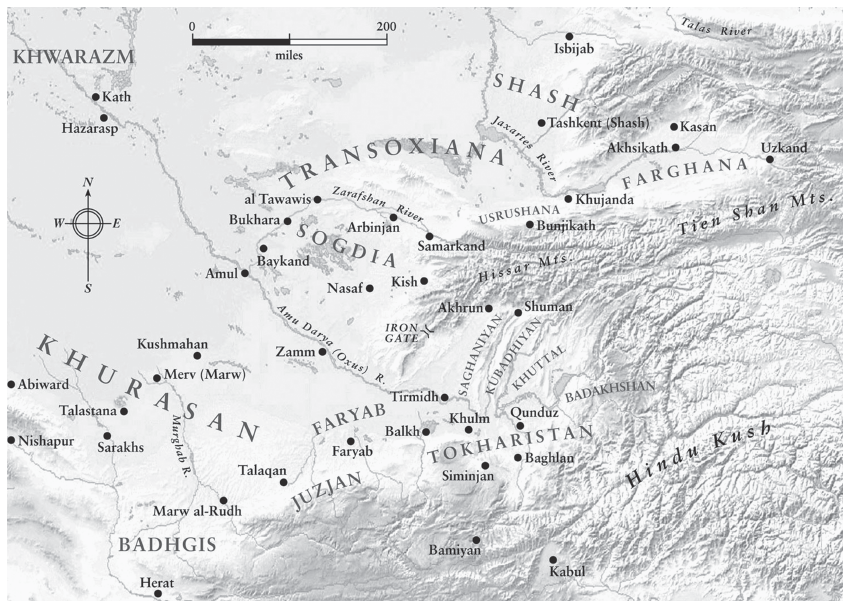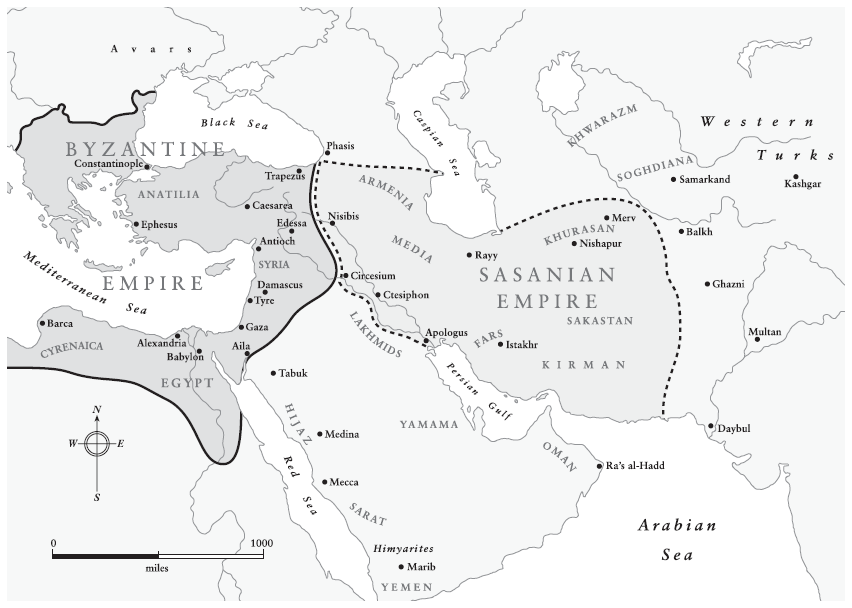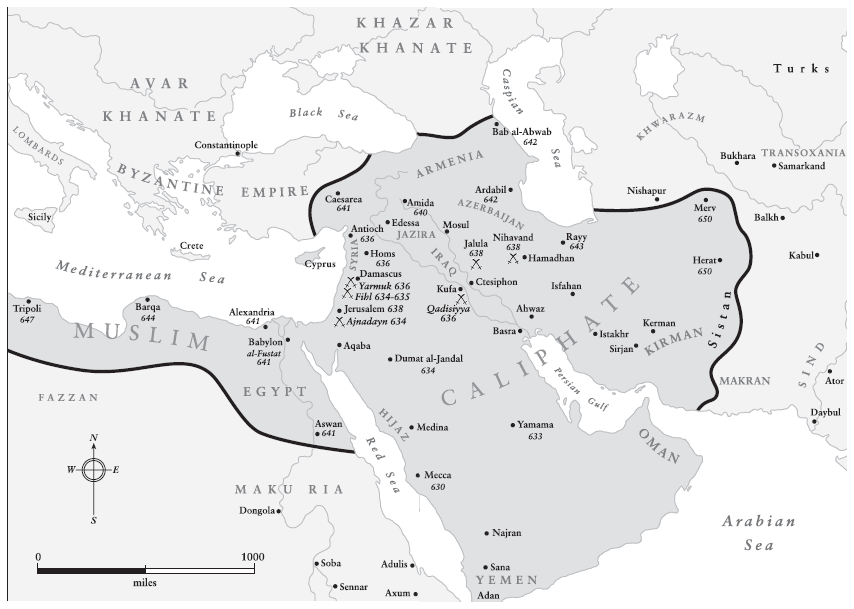Michael J. Decker - The Sasanian Empire at War: Persia, Rome, and the Rise of Islam, 224–651
Here you can read online Michael J. Decker - The Sasanian Empire at War: Persia, Rome, and the Rise of Islam, 224–651 full text of the book (entire story) in english for free. Download pdf and epub, get meaning, cover and reviews about this ebook. City: Yardley, year: 2022, publisher: Westholme Publishing, genre: History. Description of the work, (preface) as well as reviews are available. Best literature library LitArk.com created for fans of good reading and offers a wide selection of genres:
Romance novel
Science fiction
Adventure
Detective
Science
History
Home and family
Prose
Art
Politics
Computer
Non-fiction
Religion
Business
Children
Humor
Choose a favorite category and find really read worthwhile books. Enjoy immersion in the world of imagination, feel the emotions of the characters or learn something new for yourself, make an fascinating discovery.
- Book:The Sasanian Empire at War: Persia, Rome, and the Rise of Islam, 224–651
- Author:
- Publisher:Westholme Publishing
- Genre:
- Year:2022
- City:Yardley
- Rating:3 / 5
- Favourites:Add to favourites
- Your mark:
The Sasanian Empire at War: Persia, Rome, and the Rise of Islam, 224–651: summary, description and annotation
We offer to read an annotation, description, summary or preface (depends on what the author of the book "The Sasanian Empire at War: Persia, Rome, and the Rise of Islam, 224–651" wrote himself). If you haven't found the necessary information about the book — write in the comments, we will try to find it.
A comprehensive military history of one of the most important empires of Late Antiquity
The Sasanian Empire at War: Persia, Rome, and the Rise of Islam, 224651 is the first comprehensive study in English examining war and society in one of the most important empires in world history: the Persian Empire of 224-651 AD, ruled by the Sasanian clan. At its height the Sasanians governed lands from the Indus River in the east to Egypt and the Mediterranean in the west. Adversaries of Rome, they also faced grave challenges from nomadic powers from Central Asia, notably the Huns and Turks. The Sasanians were able to maintain their empire for hundreds of years through nearly constant warfare, but when their expansion was checked in the north by the Byzantines at Constantinople in 626, and with the Muslim invasions to their south and west beginning in the 630s, the empire could no longer be sustained, and it finally collapsed.
In this book, Michael J. Decker examines Sasanian warfare, including military capabilities, major confrontations, organization and weapons of the Persian army. In addition to providing a comprehensive overview of the conflicts that marked this vital period in the history of Eurasia, The Sasanian Empire at War challenges long cherished notions of the inferiority of Sasanian military capabilities and renders a new image of a sophisticated, confident culture astride the heart of Eurasia at the end of the ancient world and birth of the Silk Road. Persian arms were among the many features of their culture that drew widespread admiration and was one of the keys to the survival of Iranian culture beyond the Arab Conquest and into the present day.
Michael J. Decker: author's other books
Who wrote The Sasanian Empire at War: Persia, Rome, and the Rise of Islam, 224–651? Find out the surname, the name of the author of the book and a list of all author's works by series.

